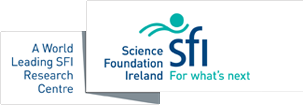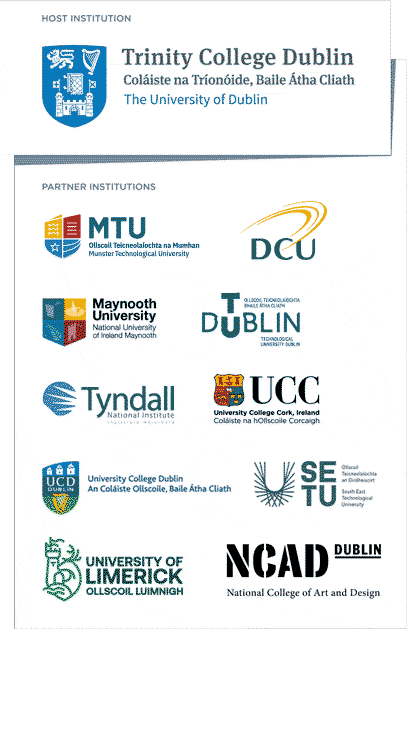
Jacek poses at a Paris landmark.
Hello to everyone in CONNECT,
Today has been the hottest day ever recorded in Paris: 42ºC. The university building here has turned into a Finnish sauna. The Internet in my apartment is down, and the cellular signal is very choppy. I’ve changed my t-shirt twice before seeking solace in one of the nearby, air-conditioned bars.
Other than experiencing first-hand the effects of global warming, I’m here to visit CentraleSupelec which is a French multi-campus, higher-education and research institute of science and engineering. The university campus is located in a beautiful town of Gif-Sur-Yvette, with the river Yvette slowly meandering between cute houses, surrounded by green areas and parks. The university campus is one big construction site with huge brutalist construction — the Breguet building — looming over the entire campus. Daily life at the university is rather slow-paced, as most of the undergraduate students and lecturing staff are gone for the summer break, with only researchers wandering the empty halls of the huge building.
It so happens that one of the telecommunications research groups, led by Prof. Marco Di Renzo, has been at the forefront of research into the application of AI techniques to mobile networks, while also being one of the early users of stochastic geometry, which is a mathematical tool close to my heart. Both are quite crucial to the research objective of my visit here, which is to understand how AI techniques can help in the design, management, and operation of reliable mobile networks.
The key issue is that we know that the provisioning of reliable mobile services is challenging, but the “language” we use to define reliability in mobile networks prevents us from making significant progress. Reliability requirements are often formulated in terms of a tuple that defines the target network quality and its associated failure rate. However, setting the target network quality may often be impossible due to lack of information about the system, and likely not very meaningful, due to, for example, dynamically adjustable bandwidth, or signal beamwidth. Therefore, analysing or designing mobile network solutions based on these requirements is rather difficult. An alternative involves pre-defining a confidence (reliability) level for a known set of design constraints. This allows one to formulate optimization problems which may yield designs with desirable properties. But here comes the rub: it is not clear how to set up these optimization problems in a way that is meaningful for mobile networking, and how to solve them in a computationally efficient way, as they may involve difficult to compute expressions. Here is where — we conjecture — AI may come in handy. So far we’ve managed to make some progress on formulating mathematical expressions describing network quality, but we are yet to learn how to effectively add AI into the mix.
But it would be a miss to treat a visit to Paris as only an opportunity for research, and so I’m trying to use my free time to explore some of the most exciting tourist attractions here: La Tour Eiffel, Le Sacré Coer, Sainte Chapelle, Père Lachaise, Versailles, Le Louvre, Champs Élysées, Vaux-le-Vicomt; you name it. There is really a lot to do here, and plenty more to miss out on. Paris is also a truly multicultural place, with amazing cultural life, and great food. I’m lucky enough to have been warmly welcomed by the local research team with whom I had the pleasure of enjoying some of the local culinary attractions. I had also a very pleasant meeting with my collaborators from Tsinghua University, who were visiting Paris for a conference on information theory.
I should mention that my visit is partially covered by the Short Term Scientific Mission (STSM) of the COST Action IRACON. I guess there is a lot to unpack from that sentence, so let me just say that a COST Action is an instrument that allows the European Commission to sponsor networking and collaboration opportunities, organised around a specific research topic, for researchers from institutions across Europe, and affiliated countries. The STSM is a mechanism within any given COST Action that allows it to sponsor short-term research visits to affiliated research institutions by early stage researchers. The Cost Action IRACON brings together researchers interested in the topic of 5G and beyond, so it is highly relevant to the research topics pursued by CONNECT.
Let me end by writing that, under the scorching sun of this year’s heatwave, I really miss Dublin weather and can’t wait to go back to translate my research here into new opportunities for CONNECT.
See you soon!
Jacek
CONNECT is the world leading Science Foundation Ireland Research Centre for Future Networks and Communications. CONNECT is funded under the Science Foundation Ireland Research Centres Programme and is co-funded under the European Regional Development Fund. We engage with over 35 companies including large multinationals, SMEs and start-ups. CONNECT brings together world-class expertise from ten Irish academic institutes to create a one-stop-shop for telecommunications research, development and innovation.
Letter from...



